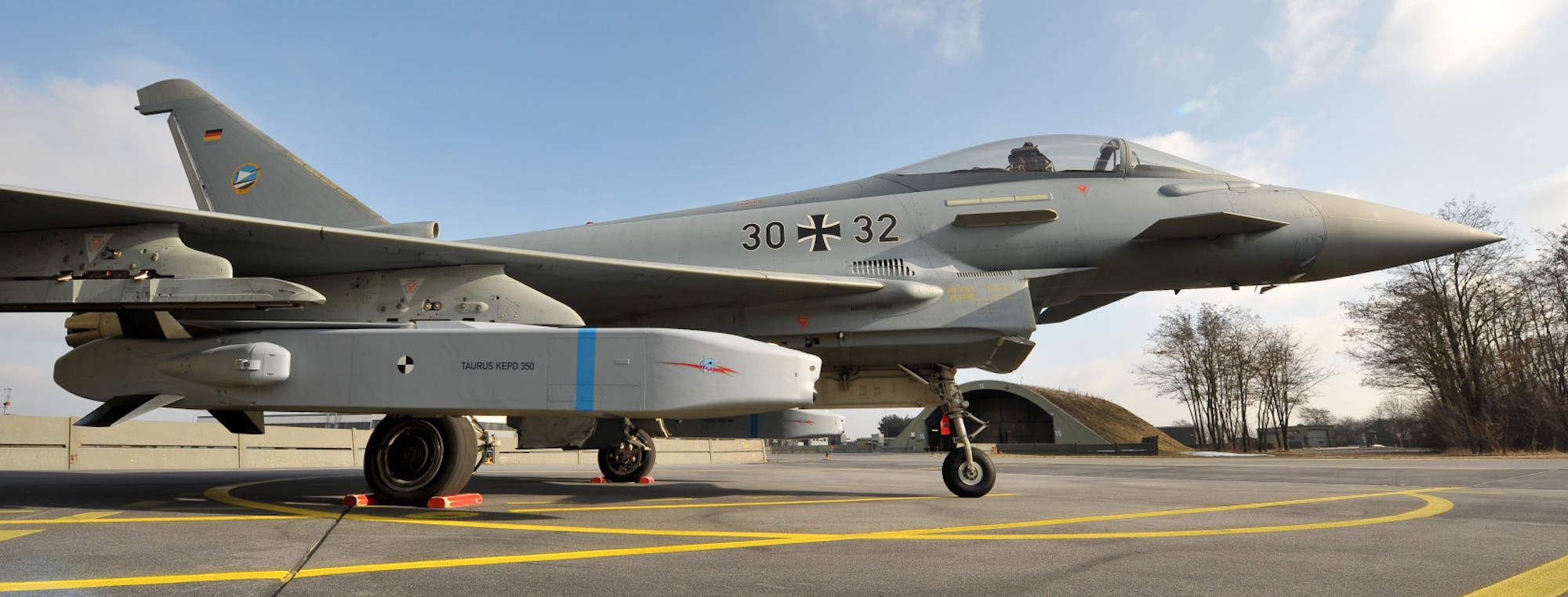Taurus To Develop Cruise Missile For KAI FA-50
Taurus Systems, the German defence firm is set to develop a long-range cruise missile for the Korea Aerospace Industries (KAI) FA-50 Light Combat Aircraft (LCA) to enhance its lethality and increase its export prospects. According to Taurus Systems’ Korea office, Taurus is almost done with the preliminary development process of the KEPD 350K missile presently used to arm Republic of Korea Air Force (ROKAF) F-15K fighters.
The company inked a memorandum of understanding with South Korea’s LIG Nex1 for a joint venture to develop the missile together as part of an effort to beef up KAI export chances with an additional option for standoff missiles. Dubbed the KEPD 350K-2, it is hoped to pack the same punch as the larger 350K despite being developed into a smaller sized weapon.
Christopher Drevstad, president of Taurus Systems Korea stated that the missile will likely be developed within three year’s time and subsequently begin production. The missile is a “bunker busting” bomb that uses a global positioning system (GPS)-based receiver and anti-jamming module with a range of 500km. The new 350K-2 will share the same range and capabilities of its predecessor while running independent navigation systems immune to GPS jamming.
He added that the KEPD 350K-2 would be a highly feasible weapon for the KF-16 fighter jets in order to strengthen ROKAF firepower. With the ROKAF fleet of 60 F-15Ks set to be upgraded in a USD2.73 billion project between 2024 to 2034, encompassing new radar systems and electronic warfare upgrades, the use of KEPD 350K missiles on the platform would be limited. Hence, the possibility of arming KF-16s or other ROKAF jets with the missile would ensure ROKAF fighter availability at all times.
The KAI FA-50 has been purchased by South Korea, Iraq, Poland, Indonesia, Thailand, the Philippines and recently, Malaysia.
In another development, a modified variant of the locally developed Korean Tactical Surface-to-Surface Missile-I (KTSSM-I) was successfully test-fired by the Agency for Defense Development at a testing site around 100km southwest of Seoul. The KTSSM-I is compatible with the domestically-manufactured Chunmoo multiple launch rocket system (MLRS). The missile is reportedly able to penetrate several metres of the surface and strike underground targets. shp/adj/dl (Pix:MBDA)


